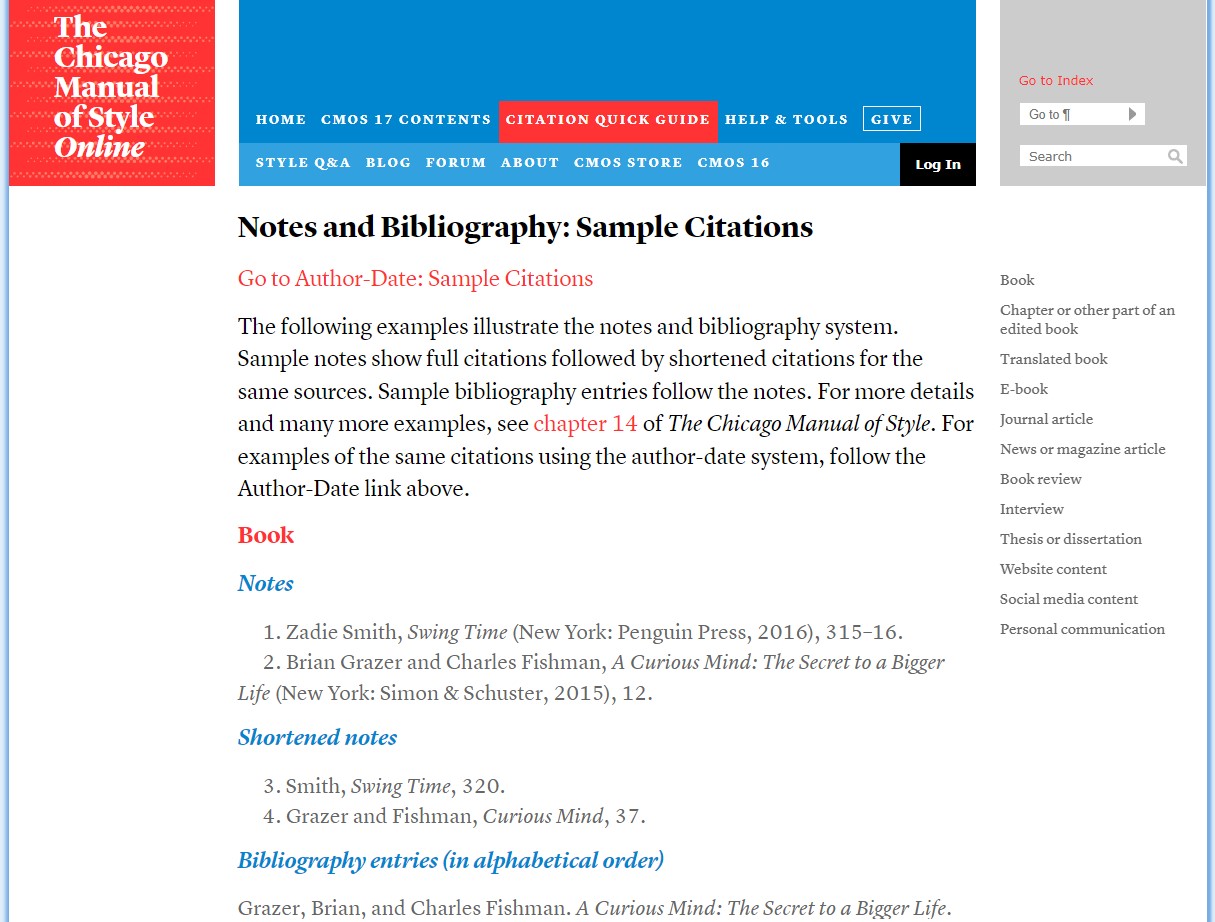When you’re working on a project, presentation, or publication, giving proper credit to the images you use is super important — not just for ethics, but also to avoid any copyright issues. The Chicago Manual of Style is a popular citation format that helps you do just that. Citing images correctly can seem tricky at first, especially when you’re using online sources like Shutterstock. But don’t worry! In this guide, I’ll walk you through the basics of citing Shutterstock images in Chicago style, making it easier for you to give credit where it’s due and keep your work looking professional.
Understanding Shutterstock Image Citations

Shutterstock is a huge platform for high-quality stock images, but because it’s a commercial site, citing images from there needs to be a bit more precise. In Chicago style, you typically need to include specific details so others can find the exact image you used. Here’s what you should focus on:
- Author or Creator: Usually, Shutterstock images are uploaded by photographers or artists. Sometimes, the creator’s name is available; other times, it might be listed as “ Shutterstock Contributor.” If the creator’s name isn’t available, you can use the company or platform as the author.
- Title of the Image: Many Shutterstock images have titles or descriptions. Use the most descriptive or official title if available.
- Platform Name: Clearly state that the source is Shutterstock.
- URL: Include the direct link to the image’s webpage on Shutterstock.
- Date of Access: Since online images can change or be removed, always include the date you last viewed or downloaded the image.
Here’s a quick example of what a citation might look like:
| Component | Example |
|---|---|
| Author | John Doe |
| Title | Sunset Over Mountains |
| Platform | Shutterstock |
| URL | https://www.shutterstock.com/image-photo/sunset-over-mountains-123456789 |
| Date Accessed | October 27, 2023 |
Mastering these elements helps ensure your citations are complete and clear, making it easy for others to verify your sources and giving proper credit to the talented creators behind the images.
Step-by-Step Guide to Citing a Shutterstock Image in Chicago Style
Want to make sure you’re citing your Shutterstock images correctly? No worries—it’s easier than you might think! Here’s a simple, step-by-step guide to help you craft proper Chicago Style citations for those stunning images you find on Shutterstock.
Step 1: Gather Essential Information
- Creator’s Name: Who took or created the image? If available, include the photographer or artist’s full name.
- Title of the Image: Look for the official title or description of the image. If none exists, provide a brief descriptive title.
- Source: Since Shutterstock is a stock image platform, you need the exact URL of the image.
- Date of Publication or Upload: Find the upload date or the date the image was made available on Shutterstock.
- Access Date: The date you accessed the image, especially since online content can change.
Step 2: Format the Citation
In Chicago style, a typical image citation looks like this:
Photographer's Last Name, First Name. "Title of Image." Shutterstock, uploaded Month Day, Year. Accessed Month Day, Year. URL.
Step 3: Fill in the Details
Using the information you’ve gathered, replace the placeholders in the template with your specific details. For example:
Smith, Jane. "Sunset over Mountain Range." Shutterstock, uploaded March 15, 2022. Accessed October 10, 2023. https://www.shutterstock.com/image-photo/sunset-over-mountain-range-123456789.
Step 4: Double-Check and Format
Ensure all details are correct, and the citation is clear and consistent. Remember to include a hanging indent if you’re adding this to a reference list.
And that’s it! With these steps, you’ll be confidently citing Shutterstock images in Chicago Style, maintaining both professionalism and academic integrity.
Examples of Proper Shutterstock Image Citations
To make things even clearer, here are some real-world examples of how your Shutterstock image citations should look in Chicago Style:
| Example | Explanation |
|---|---|
Doe, John. "City Skyline at Night." Shutterstock, uploaded July 22, 2021. Accessed October 10, 2023. https://www.shutterstock.com/image-photo/city-skyline-night-987654321. |
This example shows a straightforward citation with all necessary elements: creator, title, source, upload date, access date, and URL. |
Green, Lisa. "Abstract Blue Background." Shutterstock, uploaded January 5, 2020. Accessed October 10, 2023. https://www.shutterstock.com/image-photo/abstract-blue-background-1122334455. |
Another clear example, perfect for an abstract or graphic image, emphasizing the importance of descriptive titles. |
"Mountain Lake Reflection." Shutterstock. Accessed October 10, 2023. https://www.shutterstock.com/image-photo/mountain-lake-reflection-2233445566. |
If the image lacks a specific creator, start with the title, then proceed with the URL and access date. Note the absence of an author in this case. |
Remember, each citation should be tailored to the specific details of your image. When in doubt, consult the Chicago Manual of Style or your instructor’s guidelines. Proper citations not only give credit to creators but also strengthen the credibility of your work. Happy citing!
Common Mistakes to Avoid When Citing Shutterstock Images
Citing images from Shutterstock can seem straightforward, but there are some common pitfalls that can trip you up. Avoiding these mistakes will help ensure your citations are accurate, professional, and compliant with Chicago Style guidelines.
1. Forgetting to include all necessary citation elements
When citing an image, you want to make sure you include all the key details: the creator’s name, the title or description of the image, the platform (Shutterstock), the publication or upload date, and the URL or license information. Missing any of these can undermine the credibility of your citation.
2. Misidentifying the creator or author
Shutterstock images are often contributed by multiple photographers. It’s crucial to identify the correct creator of each image. Using the contributor’s name as listed on Shutterstock ensures proper attribution and avoids plagiarism issues.
3. Using incorrect or inconsistent formatting
Chicago Style has specific rules for formatting citations, including punctuation, order, and italics. Mixing styles or applying inconsistent formatting can make your citations look unprofessional. Always double-check your citations against the latest Chicago Manual of Style guidelines.
4. Omitting license or access information
Since Shutterstock is a stock image platform, many images are licensed rather than owned outright. Failing to specify the licensing details or access date can cause confusion, especially if the image’s availability or license terms change over time.
5. Not verifying the image details before citing
Always double-check the image’s metadata, including the title, creator, and date, directly on Shutterstock. Relying on memory or secondhand information can lead to inaccuracies.
By being mindful of these common mistakes, you can create clear, accurate, and professional citations for Shutterstock images that respect the original creators and adhere to Chicago Style standards.
Additional Tips for Accurate Image Citations in Chicago Style
Getting your Shutterstock image citations just right can seem tricky at first, but a few extra tips can make the process smoother and more reliable:
- Keep detailed records: When you download or license an image, note down all relevant details immediately—such as the photographer’s name, image title, license type, date of access, and URL. This habit ensures you have all the info needed for proper citation.
- Use the correct citation format: Chicago Style offers two documentation systems—Notes and Bibliography, and Author-Date. Make sure you’re using the right one for your project. For most papers, the Notes and Bibliography style is common, which often involves footnotes or endnotes.
- Include the access or license date: Since stock images can be updated or removed, including the date you accessed the image adds clarity and context, especially if licensing terms change.
- Leverage citation generators carefully: Online tools can help generate citations, but always review their output against Chicago Style guidelines. Automated tools may not account for all specifics, especially with stock images.
- Consult the latest Chicago Manual of Style: Citation rules evolve, and the Chicago Manual of Style provides comprehensive guidance. Refer to the latest edition or trusted online resources to ensure your citations are current and correct.
- Be consistent throughout your work: Consistency is key. Use the same citation style and formatting for all images and sources within your document. This uniformity enhances professionalism and readability.
Remember, accurate citations not only give credit where it’s due but also strengthen your work’s credibility. With a little attention to detail and these tips, citing Shutterstock images in Chicago Style will become a straightforward process rather than a daunting task.
Resources for Further Assistance with Chicago Style Citations
Mastering Chicago style citations can be challenging, especially when it comes to referencing images from platforms like Shutterstock. Fortunately, there are numerous resources available to help you navigate this process with confidence. Here are some of the most reliable tools and guides:
- The Chicago Manual of Style: The definitive resource, offering comprehensive guidelines on citation formats, including how to cite images and digital content.
- Shutterstock’s Copyright and Licensing Resources: Provides specific instructions on how to attribute images purchased or downloaded from Shutterstock, including citation examples.
- University Writing Centers: Many university websites offer detailed guides and sample citations for Chicago style, tailored for student and academic writing.
- Online Citation Generators: Tools like Chicago Style Citation Generator can help automate the citation process, though it’s essential to double-check their accuracy.
- Academic Libraries and Librarians: Librarians are valuable allies in research, often providing workshops or one-on-one assistance with proper citation practices.
Additionally, consulting style guides and participating in writing communities can deepen your understanding of Chicago style nuances. Remember, proper citation not only gives credit to original creators but also enhances the credibility of your work.
For best results, always verify your citations against the official Chicago Manual of Style and the specific licensing terms provided by Shutterstock.


